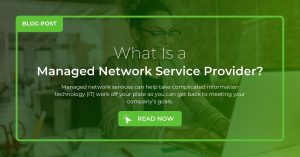
What Is a Managed Network Service Provider?
Managed network services can help take complicated information technology (IT) work off your plate so you can get back to meeting your company’s goals.

Managed network services can help take complicated information technology (IT) work off your plate so you can get back to meeting your company’s goals.

Remote work requires security solutions for sharing data, accessing files, and collaborating across networks. Learn about some of the pros and cons of VPNs and a few of the alternative solutions available.
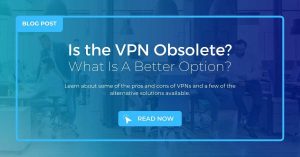
Remote work requires security solutions for sharing data, accessing files, and collaborating across networks. Learn about some of the pros and cons of VPNs and a few of the alternative solutions available.

A security operations center (SOC) monitors a company’s network, devices, cloud storage, and other IT assets. If you’re not sure if outsourcing is worth it, here are some SOC-as-a-Service features that provide peace of mind.
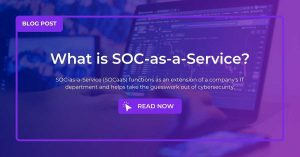
A security operations center (SOC) is now a common requirement for many businesses and helps take the guesswork out of cybersecurity.
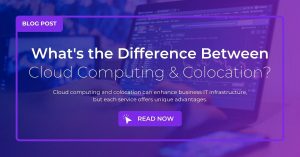
As companies race to keep up with a rapidly evolving digital landscape, many IT teams are employing colocation and cloud computing to augment their existing infrastructure and support growth.
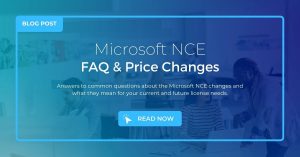
Answers to common questions about the Microsoft NCE changes and what they mean for your current and future license needs.
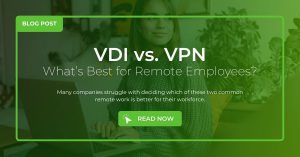
Businesses who plan to implement remote work policies should consider using VDI or a VPN. Discover the best option for remote work from VPLS.
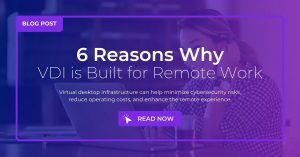
Businesses with remote work policies can benefit from a virtual desktop infrastructure. Learn more about VDI for remote employees from VPLS.

This vulnerability affects all FortiGates running 7.0.1 and below, 6.4.6 and below, or 6.2.9 and below.